Welcoming Bighorn Sheep Back Home
Wednesday, October 24th, 2018This is Passport to Texas
There’s a special quality about Far West Texas; and, as Froylan Hernandez can tell you. When Desert Bighorn Sheep are on the landscape, it’s awe-inspiring.
When I’m up on top of Elephant Mountain, my first glimpse of them, it’s overwhelming. Even if it’s just a single animal.
Hernandez is Desert Bighorn Sheep Program Leader for Texas Parks & Wildlife.
Historically, the native Texas Desert Bighorn Sheep occurred in about 16 mountain ranges out here in the Trans Pecos. Mainly due to unregulated hunting, diseases associated with the introduction of domestic sheep and goats, and net wire fencing – they brought the demise of the Desert Bighorn. And by the early 1960s, they were all gone from Texas.
For more than fifty years, Texas Parks and Wildlife and partners have worked to restore the Bighorn to its home range in Texas.
Luckily, the population in Texas is now big enough, we’re using those sources to transplant the animals to Big Bend Ranch State park.
And Big Bend Ranch SP superintendent Ron Trevizo welcomes them to a new home on the range.
When we started talking about the release coming in – to release the Desert Bighorn Sheep at Big Bend Ranch, I’m like – Yea, that’s great!
See how agency biologists translocate Desert Bighorn Sheep when you check out the Texas Parks and Wildlife YouTube Channel.
The Wildlife restoration program supports our series.
For Texas Parks and Wildlife…I’m Cecilia Nasti.
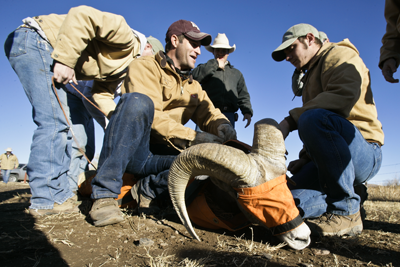

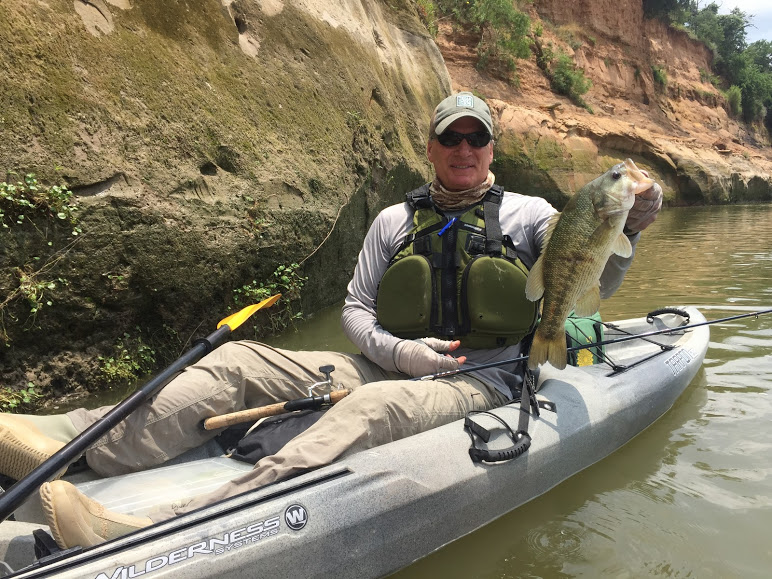
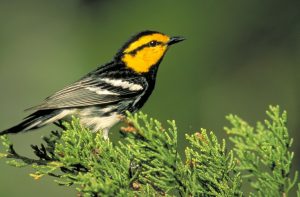
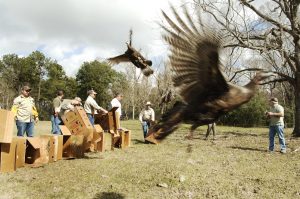
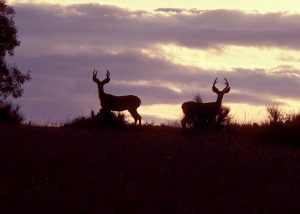

 Passport to Texas is a
Passport to Texas is a  Passport to Texas is made available by:
Passport to Texas is made available by: